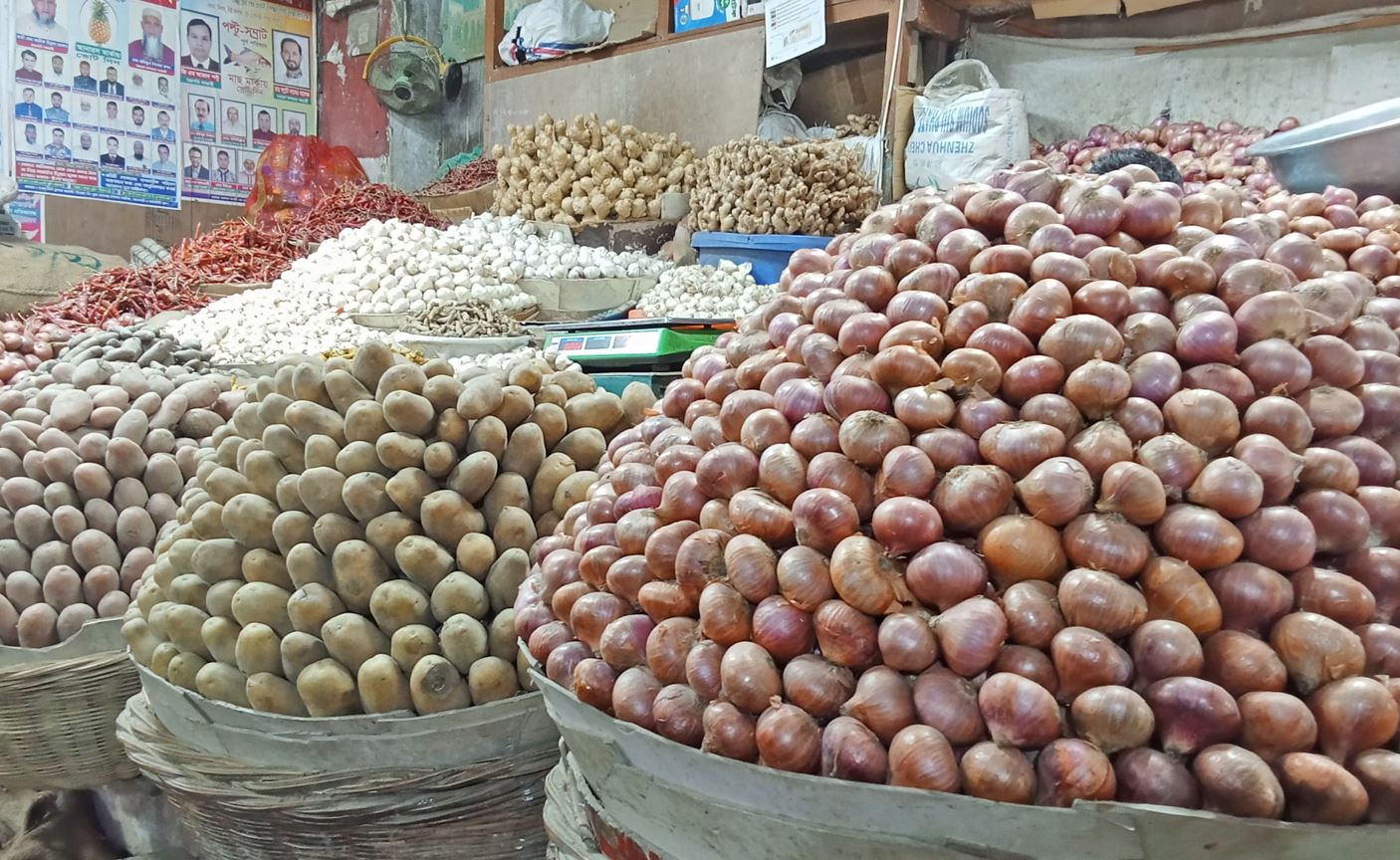Inflation in Bangladesh eased for the second consecutive month in April, bringing some relief to consumers amid ongoing economic challenges.
According to data released by the Bangladesh Bureau of Statistics (BBS) on Sunday, overall inflation stood at 9.17%, down from 9.35% in March.
Both food and non-food inflation rates showed signs of moderation.
Food inflation fell to 8.63% in April from 8.93% in March, while non-food inflation also edged down to 9.61%, compared to 9.70% the previous month, added the BBS data.
This marks a continued easing from the earlier spike in inflation witnessed in recent months.
In March, although food inflation had already started to decline—from 9.24% in February to 8.93%—general inflation had inched up to 9.35% from 9.32%, breaking a three-month downward trend.
At that time, non-food inflation had increased to 9.70%, up from 9.38% in February.
The latest figures indicate a reversal of that short-term uptick, suggesting a gradual return to a disinflationary path.
Despite the recent decline, inflation remains significantly higher than pre-pandemic levels and far above the government’s target range.
For context, Bangladesh experienced one of its highest inflation rates in recent years in November 2023, when general inflation peaked at 11.38%—driven largely by global commodity price shocks, supply chain disruptions, and depreciation of the domestic currency.
Analysts suggest that the moderation in April may be attributed to improved food supply during the harvest season, a stronger taka, and tighter monetary policy implemented by the central bank.
However, they caution that sustained policy efforts and improved market governance are essential to bring inflation back to a manageable level.


